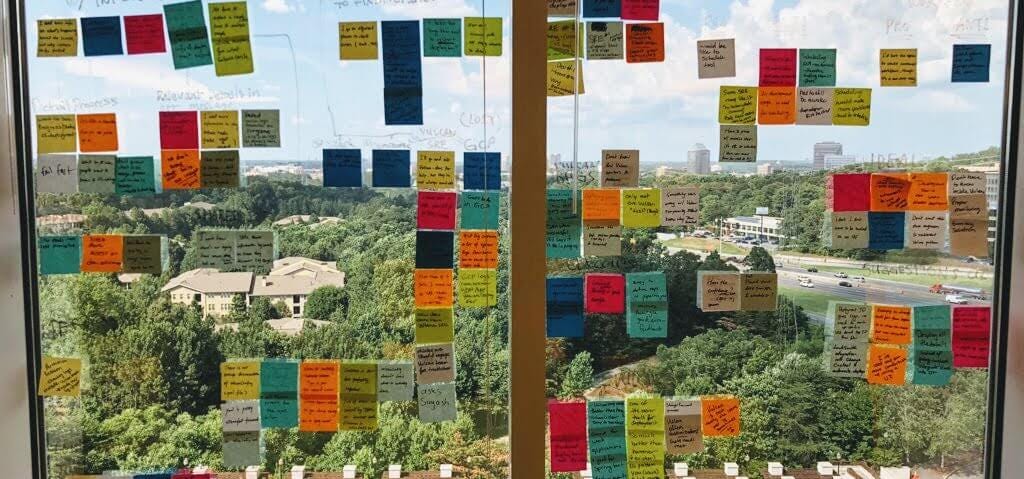What I Learned from My First UX Internship at the Home Depot
To give a high-level summary, the most important things I learned include how to advocate for UX, how to work within the business context, the importance of building relationships, the advantages of having a technical background, and what makes a good designer.
Advocating for UX
Explaining Why User-Centered Design is Important
Initially, my requirement from my stakeholder was to only focus on the UI of the product. However, I knew that as a UX designer, my job is to advocate for the users and to coordinate the whole balanced team to come up with the best product designs. After consulting my design manager and other senior designers for advice, I set up a meeting with my stakeholder to explain the user-centered design process I hoped to follow. I proposed a timeline to make sure that the product can still be built within the time constraints, and explained why adding activities like interviews, brainstorming sessions, and user feedback would help the team fail fast and eventually build a better product that people would love using. My stakeholder became really supportive of our process after the meeting.
From this experience, I learned about how to advocate for design when necessary. It is important not to blindly stick to a “process,” but to understand why different design activities help us build better products, and to convey the value of those activities to stakeholders and other team members.
Engaging Developers and Stakeholders throughout the Process
Taking the advice of senior designers, my co-intern Chandler and I invited our developers to sit in on our interviews and usability testing sessions. We also invited them to participate in our design studios, in which we presented the top pain points we identified through research, and let everyone brainstorm solutions together.
It turned out that our developers were more than willing to sit with us during interviews/testings, synthesize with us afterwards, and contribute to the design of the product. It was a win-win scenario because they were interested in hearing what the users of their products say, and their expertise in the product helped me capture a lot of important points from those sessions. We all had a better understanding of how each other work, and how to collaborate to make the product better.
Evangelizing UX
One thing I found to be really effective was to keep our synthesize notes on a wall/window so that we can quickly show the main take-aways from our research to our developers and stakeholders when they come by.


As we held design critiques and usability testing sessions, we also kept adding our feedback and putting them on the wall. People would come by from time to time, and it was a good chance to explain the role of UX and our design process to other colleagues on the floor.
As a result of those conversations, several developer interns on the floor became interested in our work, and started volunteering to come to our research and design activities. One developer intern even held his own design studio after he attended ours and realized the value it brings to the product.
